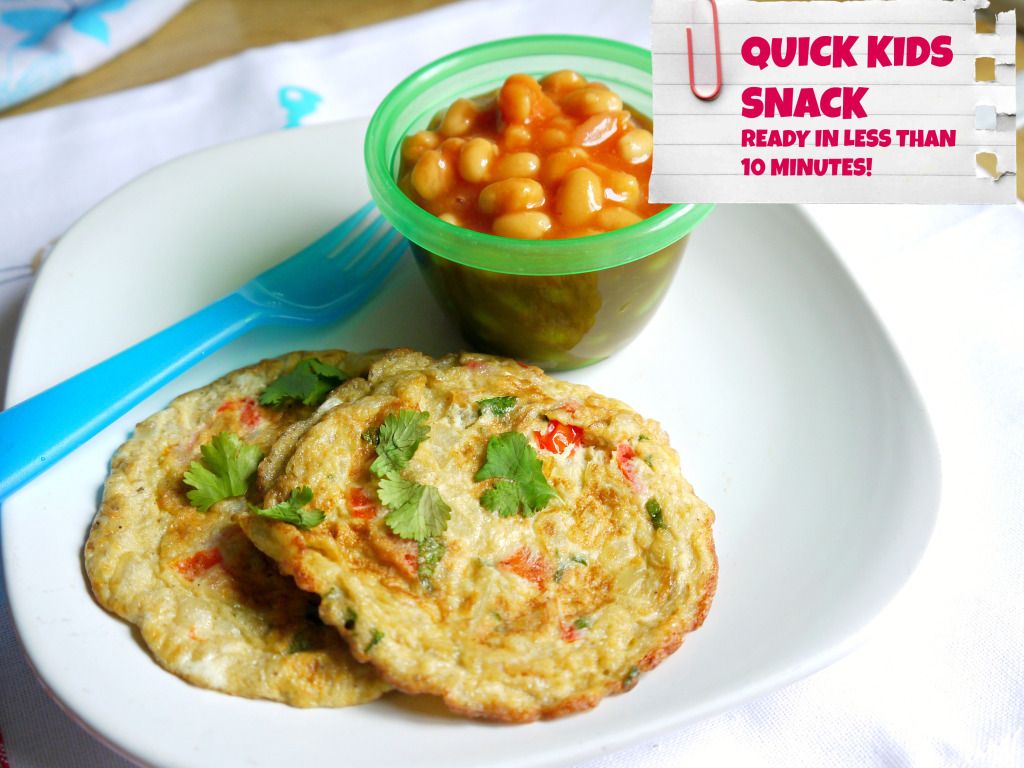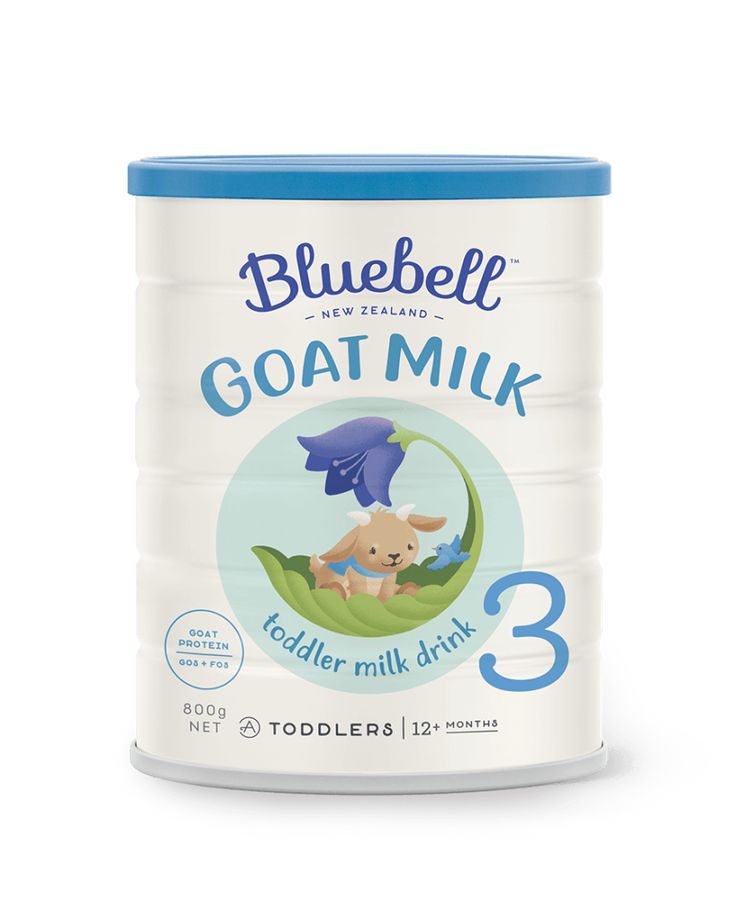Podee hands free baby bottle feeding system
BPA-Free Hands-Free Baby Bottle for Parents
Hands-Free Baby Bottle System
Podee Baby Bottle Benefits
Helps Prevent Gas
Helps Prevent Colic
Feed Hands-Free & Upright
BPA & Lead Free
The Podee® Baby Bottle is a welcome solution to today’s busy, on-the-go parents. When it comes to feeding your baby, there is no better hands-free option.
The Podee® Baby Bottle is a complete system that includes an 8-ounce BPA-Free baby bottle and all the necessary parts. It ends dropped bottles and allows for upright feeding to help reduce ear infections and colic. Parents have found it to be very reliable in feeding infants with challenges as well. Our parents love to use the Podee® baby bottle in strollers, car seats and bouncies; or whenever they need an extra hand.
Our unique, adaptive flow system allows the baby to manage the pacing and amount of flow with ease, making feeding time with the Podee bottle, always a pleasure.
Even Oprah had immediate success with the Podee bottle when she helped a mother of 4-month old quadruplets during feeding time on her show.
Our baby bottles are BPA-Free and Lead-Free.
The Podee® Baby Bottle is the original hands-free feeding system. We have over 20 successful years on the market.
Want to hear from all of our happy users? Just read our parent testimonials.
Become a distributor or shop today at one of our fine online retailers.
Happy travels!
The Podee® Team
The Smart Baby Bottle
The Podee Hands-Free Baby Bottle is the smart solution for anyone on the go and wanting to help prevent gas and colic.
BPA & Lead Free
All of the Podee Baby Bottle products are manufactured to be BPA and lead free to keep your baby safe.
Existing Baby Bottle System?
The Podee Baby Bottle product line has kits to convert your existing baby bottles into a hands-free bottle.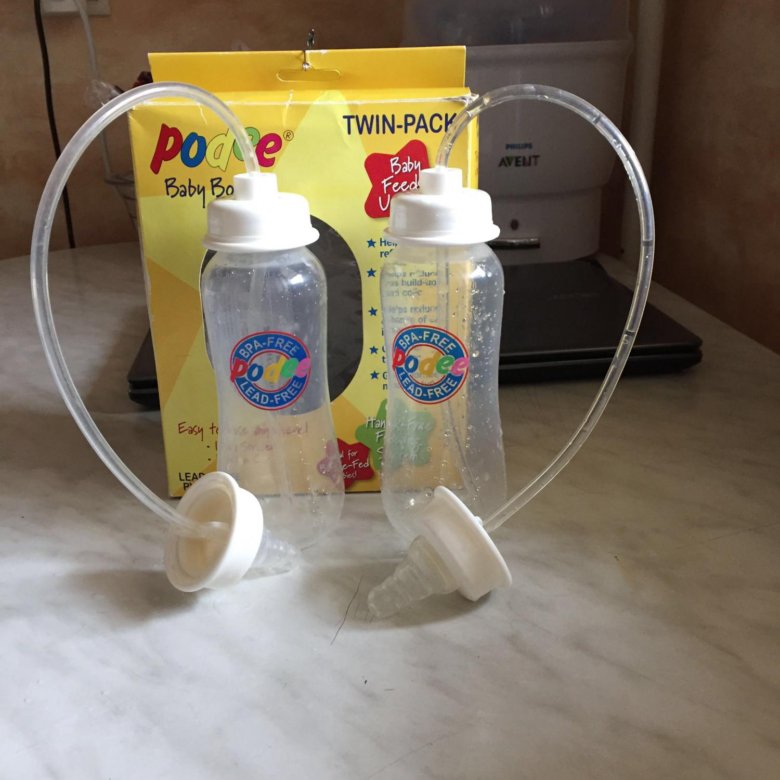
What People Are Saying
"I LOOOOOOOOVE my Podee®! I just got it yesterday and it's already my favorite baby accessory!! We're out and about quite a lot, and trying to feed my 6-month-old in the backseat and driving just didn't quite work. He's much happier with his Podee® and so am I! Thanks for coming up with a GREAT product!!"
Become A Distributor
Parents and caretakers everywhere love the Podee Baby Bottle! Become a distributor/wholesaler for your area to make sure there are always Podee products available. Click Here to learn about becoming a distributor.
Contact Us
Mailing Address
PO Box 502754
San Diego, CA 92150
Copyright © 2009-2022 - Podee International | Web Design by White Wonder Studios | Powered by SCN | Legal
About - Podee
The Podee® BPA free upright feeding system was created to reduce colic and ear infections in infants. However, it’s unique design has become such a life saver for parents that that everyday use for all families is a must.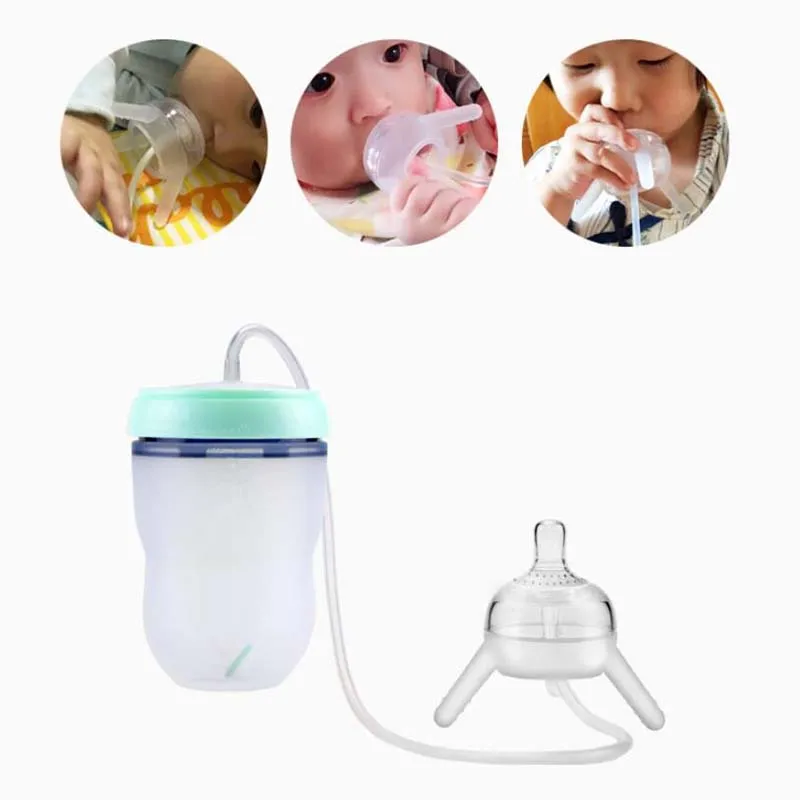 The Podee® BPA Free Baby Bottle is a complete system which includes a 260ml bottle and all attachments you need including a cleaning brush for tubing. This Podee® system has been cleverly designed to fit any standard width bottle with a narrow neck and the teats can be interchanged and replaced. The Podee® feeding system is available in both single and twin packs.
The Podee® BPA Free Baby Bottle is a complete system which includes a 260ml bottle and all attachments you need including a cleaning brush for tubing. This Podee® system has been cleverly designed to fit any standard width bottle with a narrow neck and the teats can be interchanged and replaced. The Podee® feeding system is available in both single and twin packs.
- Helps prevent colic and gas build up
- Helps prevent ear infections
- Helps prevent reflux
- Great feeding system for traveling or feeding multiple babies
- Meets all safety standards
Each Podee® baby bottle is fitted with a unique adapter which automatically controls the pace and flow of liquid. This means babies with a stronger suck can get the liquid as fast as they need and ensures that babies with a weaker suck will not have to work any harder for liquid to flow through!
Our parents love to use the Podee® baby bottle when out and about.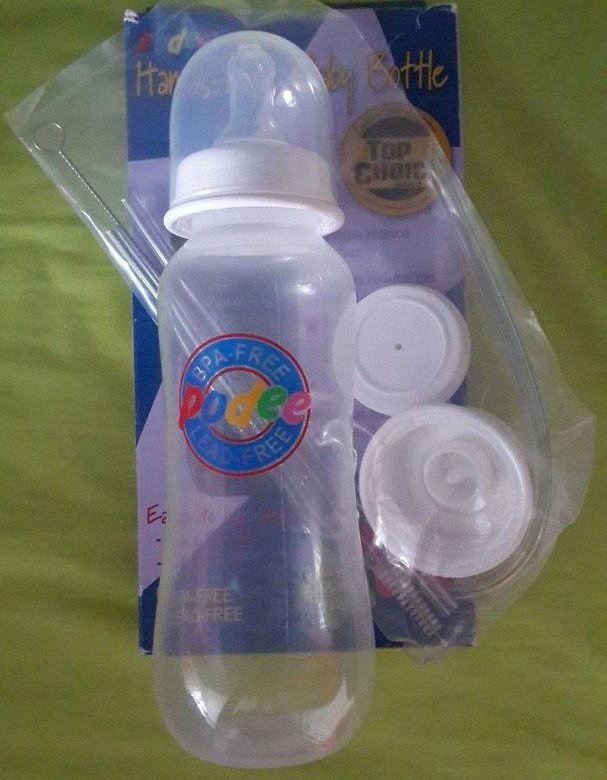 No more pulling over on the side of the motorway to try feed and sooth your upset and hungry babies, Let Podee® help you out! The Podee® makes feeding in strollers, car seats and bouncies safe and easy!
No more pulling over on the side of the motorway to try feed and sooth your upset and hungry babies, Let Podee® help you out! The Podee® makes feeding in strollers, car seats and bouncies safe and easy!
The Podee® baby bottle is designed especially so your baby can be fed in an upright or semi-upright position. This is recommended by pediatricians, and is proven to reduce Reflux, Colic and ear infections making life so much easier for both you and your baby.
Feeding Twins, Triplets Quadruplets has never been easier with the Podee® Hands Free baby bottle. Feed all your little ones at the same time, Podee® gives you an extra hand when you need it most!
The Podee® bottle can also be configured into the Podee® toddler bottle. The toddler bottle is great when your little one is ready to start holding their own bottle but still need a little help tipping the bottle up. Its unique design helps prevent neck strain while still reducing reflux and colic.
All of the Podee® Baby Bottle products are manufactured to be BPA and lead free to keep your baby safe.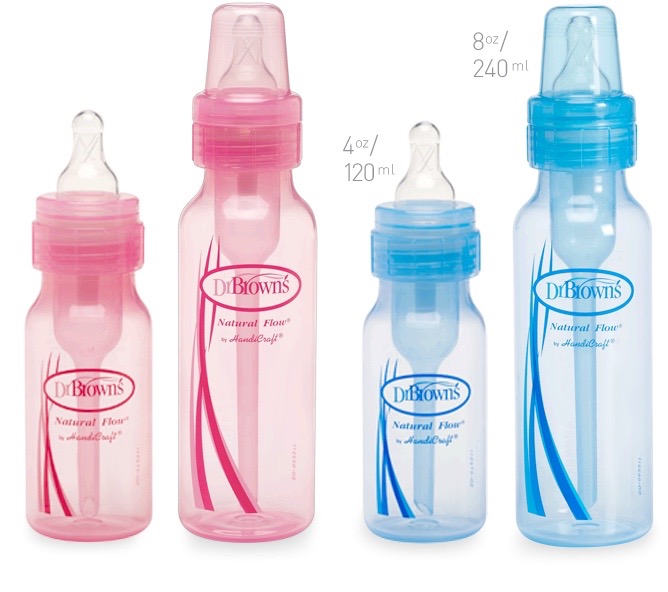 Our products are developed to meet all international safety standards and have been FDA approved.
Our products are developed to meet all international safety standards and have been FDA approved.
The Podee® Baby Bottle product line has kits available to easily convert your existing standard slim neck baby bottles into a hands-free bottle.
Cleaning the Podee® Baby bottle is just as Easy as drinking from it! All Parts come apart easily and can be washed in warm soapy water and can be sterilized in boiling water for one minute. The feeding tubes can be easily cleaned inside and out using the handy Podee® cleaning brush included.
Podee® Baby Bottles
Podee® Kwik'n-EZ Medicator
Podee® Hands Free Baby Bottle Tube & Teat Replacements
Podee® Convert -A- Bottle Feeding Kit
alternative ways.. Articles to help mom
H Non-bottle supplementation occurs in mothers who want to continue breastfeeding but are forced to supplement with formula or expressed milk for various reasons, for example:
- Mom needs to go away, and another adult will feed the baby.
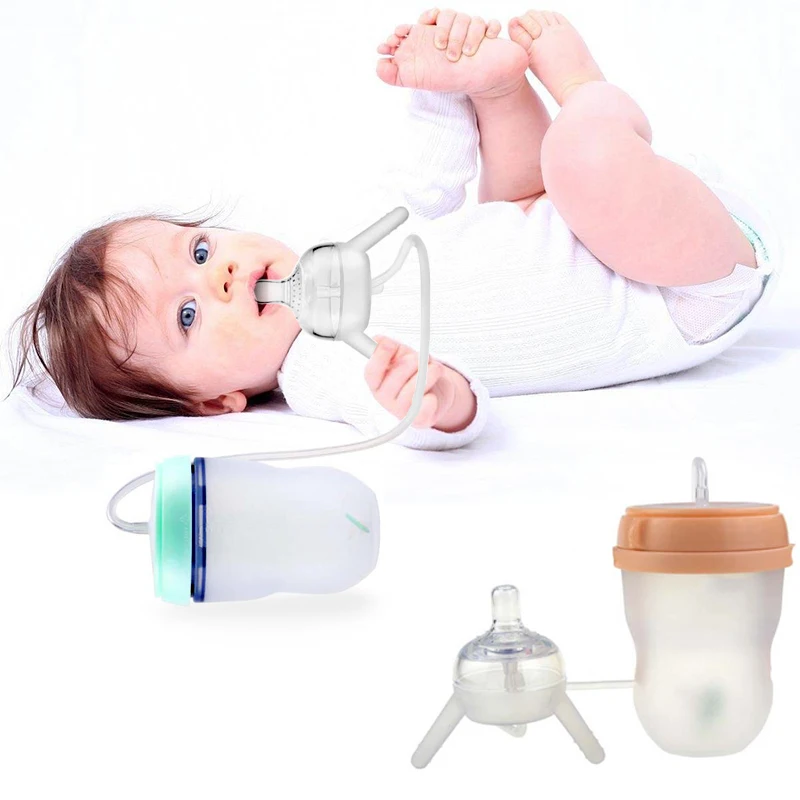
- Mom is ill and is taking medications that are incompatible with GW (breastfeeding).
- It is necessary to give a medicine diluted in milk.
- Mom has a severe cracked nipple and breastfeeding is very painful.
- The baby is not gaining weight, and the pediatrician prescribed supplementary feeding with formula.
- Any other reason why a baby would need to be supplemented from a non-breastfeed.
The article will be useful to mothers who want to return or maintain breastfeeding after the introduction of supplementary feeding.
Why not a bottle
There is no unequivocal recommendation to give non-bottle supplements. But there is a threat that after the bottle the baby will refuse the breast or stop latching on properly.
For some children, it is enough to kiss the nipple once to start acting up at the breast. After all, milk from the breast does not flow as quickly and not as evenly as from a bottle.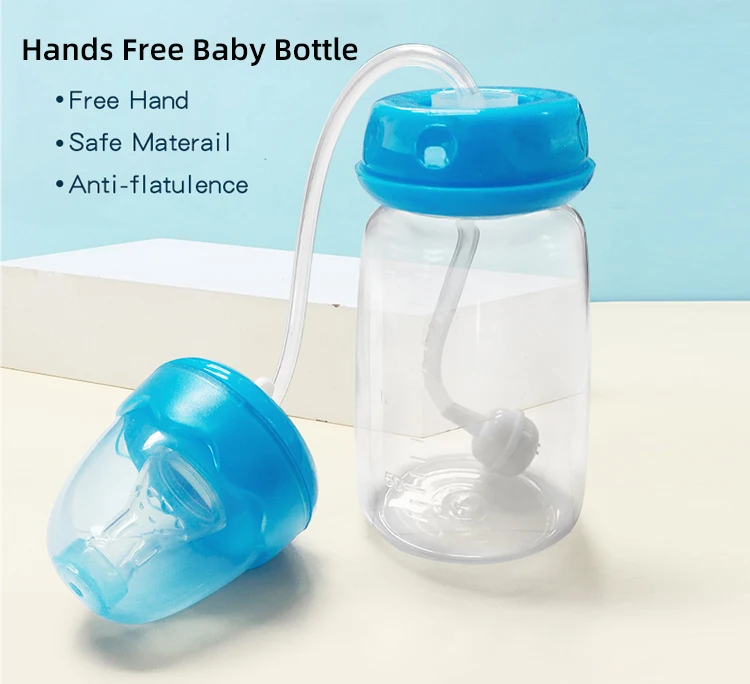 It does not mean at all that this will happen to you, but there is such a possibility.
It does not mean at all that this will happen to you, but there is such a possibility.
Methods of supplementary feeding by degree of closeness to breastfeeding
Consider the pros and cons of the methods known to us, which are recommended by the World Health Organization (WHO) and breastfeeding consultants.
Breast feeding systems
You give your baby a breast and bring a soft catheter to the nipple, through which pumped milk or formula is supplied. At the opposite end of the catheter is a container of milk. It can be a syringe or a bottle, or a glass - which is more convenient for mom. Medela has a ready-to-use breastfeeding system. This option is only suitable for babies who can breastfeed. On the Internet you will find videos on how to build such a system yourself or use a ready-made one. Google it.
Pros
The undoubted advantage of the breastfeeding system is that the baby suckles at the breast. He not only receives milk "from the breast", but also stimulates the mammary glands.
He not only receives milk "from the breast", but also stimulates the mammary glands.
Cons
You have to get used to using it. The container and catheter will have to be washed or changed frequently, interrupt feeding, or prepare milk in advance for supplementary feeding. You will spend some time learning how to secure the catheter to your chest.
Finger feeding
Very similar to the previous version, only instead of the breast, the child sucks your finger, to which the catheter is attached. Instead of a catheter, you can give milk to the corner of your mouth from a syringe without a needle. Drop by drop. It is better to choose a larger finger, usually the middle or index finger, so that the baby opens his mouth wide.
pros
The baby has skin contact while suckling and feels the warmth of your finger. In the case of using a catheter, you can hold the baby in your arms, as with breastfeeding.
Minuses
If you are syringe feeding, some of the milk will spill out at first. Stock up on stock. If a stranger is feeding the child, then it is advisable to use a glove or abandon this method so as not to create an additional burden on the intestines with an unfamiliar microflora.
Cup feeding
WHO recommends this method. You pour milk into a small cup. Even a plastic bottle cap will do. Tilt it so that the milk does not spill out, but stands at the edge. And put this edge on the baby's lower lip. He will begin to stick out his tongue and slowly lap up milk. You gradually tilt the cup so that the milk is always available to him. It is important not to pour milk into the child's mouth, otherwise it will choke.
With this method of feeding, you need to keep the baby as upright as possible.
Pros
The child eats milk at his own pace.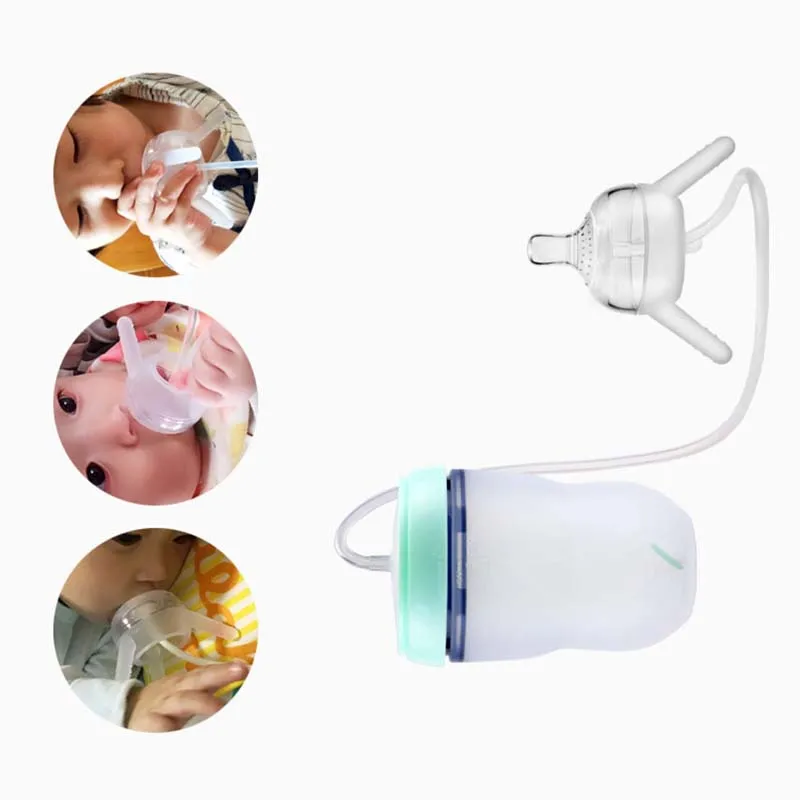 He may take a break from lapping, as well as from breast sucking. At this point, it is important to continue to hold the cup on his lip. The kid will continue when he is ready.
He may take a break from lapping, as well as from breast sucking. At this point, it is important to continue to hold the cup on his lip. The kid will continue when he is ready.
Cons
Milk is likely to spill, prepare with a margin.
Spoon feeding
The principle is the same. Instead of a cup, you use a spoon, which you serve with a thin or wide edge - as you like - on the child's lower lip. The difference is that the spoon will have to be refilled more often. Medela has a special feeding spoon. The principle of its application is the same, but it is filled from the attached container with a light touch. Choose what is more convenient.
Syringe feeding
Give milk from a syringe without a needle to the baby's cheek. It is important to give it by the cheek and drop by drop so that the child does not choke. Take a syringe of at least 10 ml. Try different manufacturers. The piston should move as easily and without jerks as possible. To make it possible for you to smoothly supply milk, grab the syringe with your little finger and ring finger, and press the plunger with your thumb.
To make it possible for you to smoothly supply milk, grab the syringe with your little finger and ring finger, and press the plunger with your thumb.
Pros
Milk almost does not spill with this method if you are not in a hurry.
Cons
The syringe will need to be refilled frequently if the amount of supplementation is significant.
Finally
In the minuses of all methods, one important point is deliberately not indicated - such supplementary feeding takes significantly more time than supplementary feeding from a bottle. And this is good. After all, the baby also sucks for a long time. Maybe 20 minutes, maybe an hour. And your supplementation will take the same amount of time. depending on its volume. You have to be ready for this.
Various breastfeeding positions
Try different breastfeeding positions to find the one that works best for you and your baby. You can see the options in our selection of photos
You can see the options in our selection of photos
Share this information
There is no right or wrong way to hold the baby while feeding
, and mom and baby are sure to find their favorite position.
It is important that both you and your child feel comfortable. 1.2 It's good to learn a few different breastfeeding positions and techniques because life's circumstances often require us to be flexible, especially as your baby gets older and you start to leave the house more often.
Whatever position you choose to breastfeed your baby, remember a few simple rules.
- Prepare everything you need before feeding, including drinks, food, mobile phone, TV remote control, book or magazine. And do not forget to go to the toilet - the feeding process can take a long time!
- Make sure your baby is comfortable. Whichever position you choose, it's important to keep your baby strong, level, and provide good support for their head, neck, and spine.
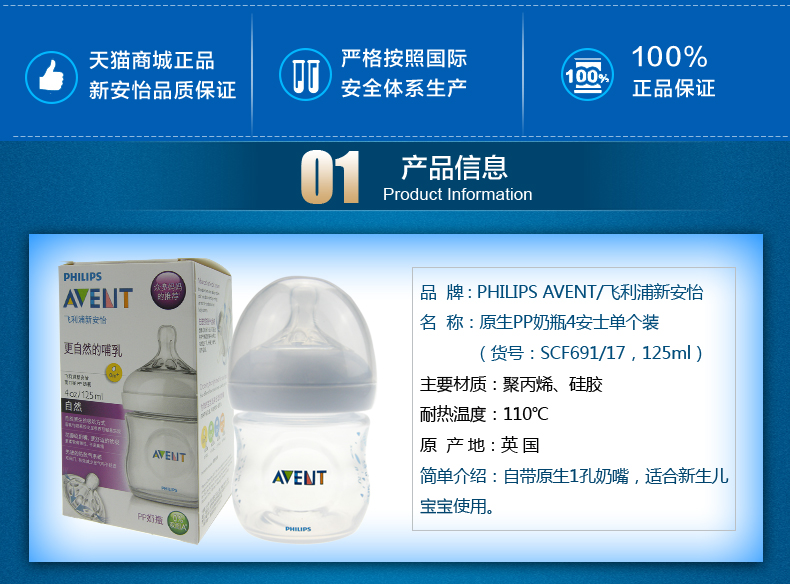
- You should also be comfortable. Don't stress. If necessary, use pillows of different sizes or rolls of towels to support your back or arms.
- Make sure your baby is latching on correctly. Proper grip is the key to comfort when breastfeeding.
- If your baby does not latch on well or you experience pain while feeding, contact a lactation consultant for help. The specialist will also be able to show you how to hold your baby more comfortably.
1. Relaxed feeding or reclining position
The relaxed feeding position, also known as biological feeding, 1 is often the first position for most mothers. If, immediately after birth, the baby is placed on the mother’s chest or stomach, normally, he instinctively reaches for the breast and tries to grab the nipple. This phenomenon is known as the breast seeking reflex. Skin-to-skin contact stimulates the infant's feeding instinct, and gravity helps him to latch onto the breast and maintain balance.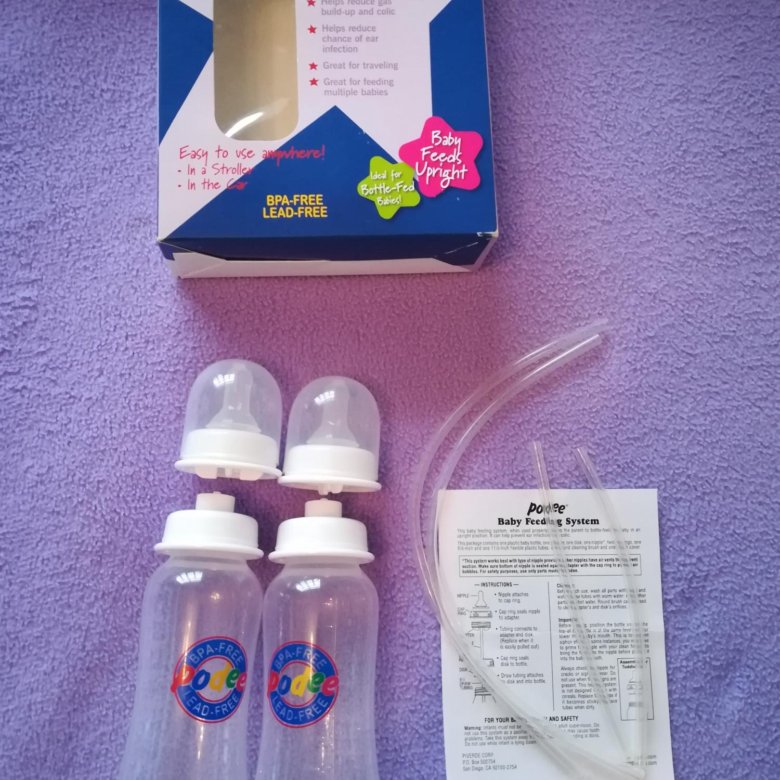
But it's not just newborns that can be fed in the reclining position - this position is great for babies of all ages. It can be especially helpful if your baby does not latch well in other positions or does not like to be touched during feeding, and also if you have too much milk flow or too large breasts. Isabelle, a mother from the UK, shares her experience: “I had large breasts, and the baby was born small - 2.7 kg, so it was not easy to find a comfortable position at first. After a few weeks, it became clear that there was no “correct” posture for me. As a result, I most often fed lying down, putting the baby on my chest. ”
It is more convenient to feed not lying flat on your back, but half-sitting, leaning on pillows. So you will have a back support and you will be able to watch the baby during feeding.
2. Cradle position
This is the classic
position that comes to mind when breastfeeding a baby. Mom sits straight
, and the baby lies on her side on her arm, pressing her stomach against her stomach. 3 Although this is a very popular position, it is not always easy to master with newborns because it gives the baby less support. Try putting a pillow under your back, and put a special breastfeeding pillow on your knees and lean on it with your hands. So you can more reliably support the child, without overstraining your back and shoulders. Just make sure that the baby does not lie too high on the pillow for feeding. The breast should remain at a natural level so that the baby can grab it without effort, otherwise sore nipples cannot be avoided.
3 Although this is a very popular position, it is not always easy to master with newborns because it gives the baby less support. Try putting a pillow under your back, and put a special breastfeeding pillow on your knees and lean on it with your hands. So you can more reliably support the child, without overstraining your back and shoulders. Just make sure that the baby does not lie too high on the pillow for feeding. The breast should remain at a natural level so that the baby can grab it without effort, otherwise sore nipples cannot be avoided.
“I breastfed in the cradle position because it suited me perfectly! It was comfortable and I loved just sitting and looking at my little one,” recalls Rachel, a mother of two from Italy.
3. Cross Cradle
This breastfeeding position looks almost exactly like the Cradle, but the baby is on the other arm. 3 This gives baby support around the neck and shoulders so he can tilt his head to latch on.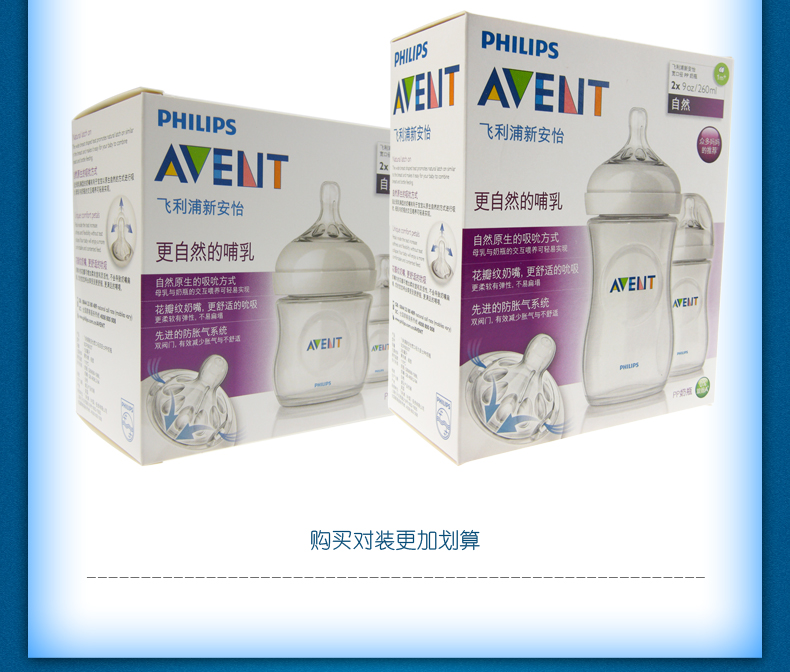 This position is great for breastfeeding newborns and small babies, as well as for babies who do not latch well. Since the baby lies completely on the other hand, it becomes easier to control his position and you can adjust the chest with your free hand.
This position is great for breastfeeding newborns and small babies, as well as for babies who do not latch well. Since the baby lies completely on the other hand, it becomes easier to control his position and you can adjust the chest with your free hand.
Julie, a mother of two from the UK, finds this position very practical: “I usually breastfeed my youngest in the cross cradle position. So I have a free second hand, and I can take care of an older baby at the same time. ”
Do not hold the baby's head at first, otherwise you may inadvertently press his chin against his chest. Because of this, the child will not be able to take the breast deeply, because the nipple will rest against the base of the tongue, and not against the palate, which will lead to inflammation of the nipples. As the child grows, this position becomes more comfortable, and he can rest his head on your palm (as shown in the photo above).
4. Underarm breastfeeding
In this position, also known as the "ball grip", the mother sits with the baby lying along her arm at the side, legs towards the back of the chair (or any other seat).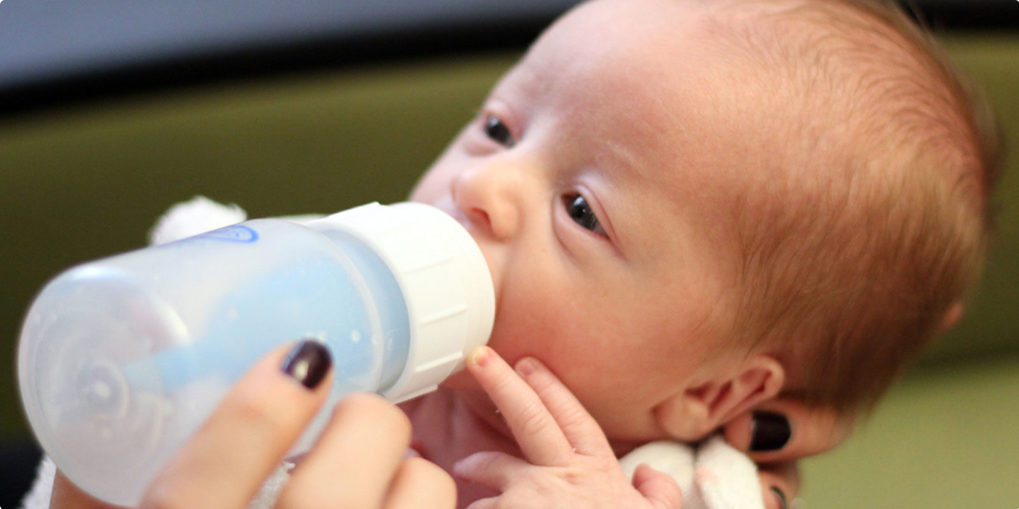 3 Another comfortable position for newborn breastfeeding, you can give your baby good support, full control of the position and a good view of his face. And the baby feels safe in close contact with the mother's body. This position is especially good for those who have had a caesarean section or a premature birth, as well as mothers of twins and women with large breasts.
3 Another comfortable position for newborn breastfeeding, you can give your baby good support, full control of the position and a good view of his face. And the baby feels safe in close contact with the mother's body. This position is especially good for those who have had a caesarean section or a premature birth, as well as mothers of twins and women with large breasts.
“When I breastfed my first daughter, I had very large K-sized breasts—twice the size of her head,” recalls Amy, an Australian mother of two. - I put rolls of towels under each breast, because they were very heavy, and fed my daughter in a pose from under the arm, but only sitting straighter so as not to crush her. This position was also convenient because I had a caesarean section and could not put the baby on my stomach.”
5. Side lying position
The side-lying position is ideal for a relaxed nighttime feeding
in bed or on the couch. If you had a
caesarean section or ruptures during childbirth, this position may be more comfortable than sitting down. 3 In this position, mother and baby lie side by side, tummy to tummy.
3 In this position, mother and baby lie side by side, tummy to tummy.
“It was difficult for me to sit during endless night feedings, firstly because of the caesarean section, and secondly because of lack of sleep,” recalls Francesca, a mother from the UK. “And then I discovered that you can feed your baby lying on your side and rest at the same time.”
“Because of the short tongue frenulum, Maisie could only properly latch on to her breasts while lying on her side. The lactation consultant showed me how it's done. In this position, the flow of milk was optimal for my daughter, and it was easier for her to keep the nipple in her mouth. As she got older, she became much better at grabbing her breasts in normal positions,” says Sarah, mother of two from Australia.
6. Relaxed breastfeeding after caesarean section
If you can't find a comfortable position for breastfeeding after caesarean section, 3 try to hold the baby on the shoulder while reclining — this does not put pressure on the postoperative suture and allows you to breastfeed the baby comfortably. You can also try side feeding.
You can also try side feeding.
7. Upright breastfeeding or “koala pose”
When breastfeeding in an upright position or “koala pose”, the baby sits with a straight back and a raised head on the mother's hip. 4 This position can be tried even with a newborn if it is well supported, but it is especially convenient for feeding a grown child who can already sit up by himself. The upright sitting position, or “koala pose,” is great for toddlers who suffer from reflux or ear infections and feel better sitting. In addition, this pose may be suitable for children with a shortened frenulum of the tongue or reduced muscle tone.
“When my daughter got a little older, I often breastfed her in an upright position — it was more comfortable for both of us and I could still hold her close,” recalls Peggy, a mother from Switzerland. “Besides, it was possible to discreetly breastfeed her in public places.”
8. Overhanging position
In this position, the baby lies on his back, and the mother bends over him
on all fours so that the nipple falls directly into his mouth. 4 According to some mothers, this breastfeeding position is good to use from time to time for mastitis, when touching the breast is especially unpleasant. Some say that this breastfeeding position helps with blockage of the milk ducts, although there is no scientific evidence for this yet. You can also feed in the “overhanging” position while sitting, kneeling over the baby on a bed or sofa, as well as reclining on your stomach with support on your elbows. Pillows of various sizes that you can lean on will help you avoid back and shoulder strain.
4 According to some mothers, this breastfeeding position is good to use from time to time for mastitis, when touching the breast is especially unpleasant. Some say that this breastfeeding position helps with blockage of the milk ducts, although there is no scientific evidence for this yet. You can also feed in the “overhanging” position while sitting, kneeling over the baby on a bed or sofa, as well as reclining on your stomach with support on your elbows. Pillows of various sizes that you can lean on will help you avoid back and shoulder strain.
“I have breastfed several times in the overhang position for clogged milk ducts when no other means of resolving the blockage worked. And this pose seems to have helped. I think it's because of gravity, and also because the breasts were at a completely different angle than with normal feeding, and my daughter sucked her differently, ”says Ellie, a mother of two from the UK.
Feeding in the "overhanging" position is unlikely to be practiced regularly, but in some cases this position may be useful.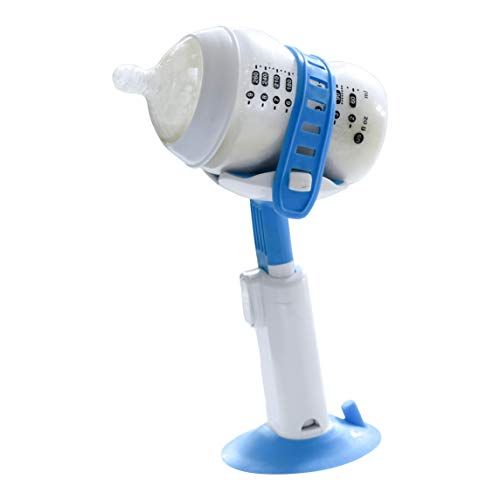
“I breastfed in the overhang position when my baby was having trouble latch-on,” says Lorna, mother of two in the UK. - This, of course, is not the most convenient way, but then I was ready for anything, if only he could capture the chest. We succeeded and have been breastfeeding for eight months now!”
9. Breastfeeding in a sling or “on the fly”
Breastfeeding in a sling takes some practice, but it can be used to go out, look after older children, or even do a little household chores.
The sling is also useful if the baby does not like to lie down or is often attached to the breast. Lindsey, a mother of two in the US, notes: “I used the carrier frequently for both of my children. When we were out, I tied the sarong around my neck and covered the carrier with it. Under such a cape, the baby can eat as much as he wants until he falls asleep.
This breastfeeding position is best when the baby is already good at breastfeeding and can hold its head up by itself.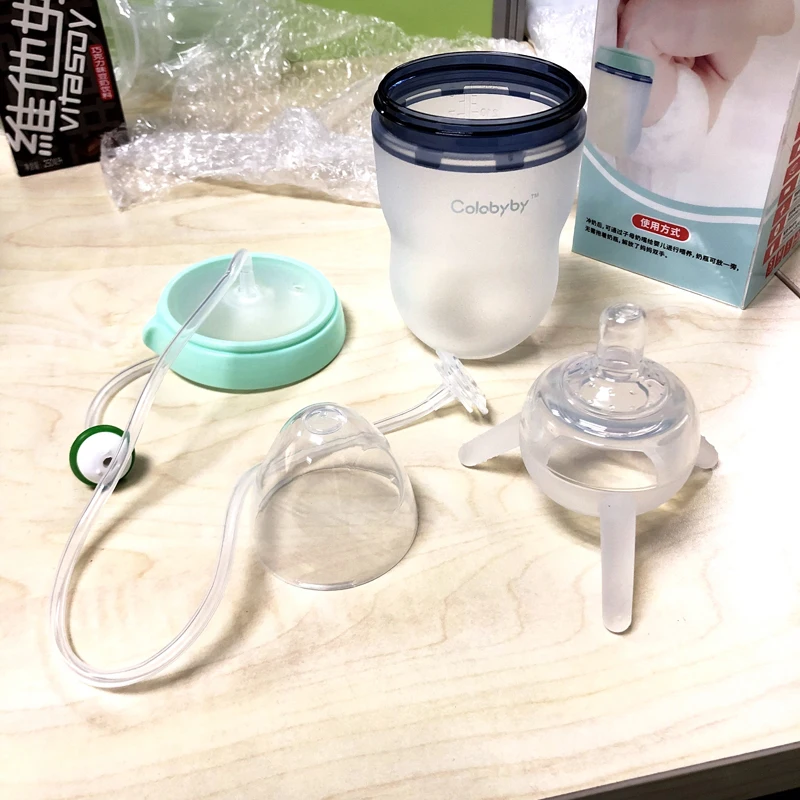 Any slings are suitable for breastfeeding, including elastic and rings, as well as carrying bags. Whatever option you choose, the main thing is that you can always see the face of the child, and his chin does not rest against his chest.
Any slings are suitable for breastfeeding, including elastic and rings, as well as carrying bags. Whatever option you choose, the main thing is that you can always see the face of the child, and his chin does not rest against his chest.
10. Double hand-held breastfeeding
Double hand-held breastfeeding (or "double-ball grab") is great for mothers of twins - you can breastfeed both at the same time and your hands are relatively free. 4 When feeding in this position, it is advisable to use a special pillow for breastfeeding twins, especially at first. It will provide extra support and help keep both babies in the correct position, as well as reduce the burden on the abdomen if you had a caesarean section. In addition, the hands are freer, and if necessary, you can deal with one child without interfering with the second.
“My twins were born very tiny and had to be fed every two hours at any time of the day or night. Very soon it became clear: if I want to do anything besides feeding, I need to feed them both at the same time, - says Emma, mother of two children from the UK.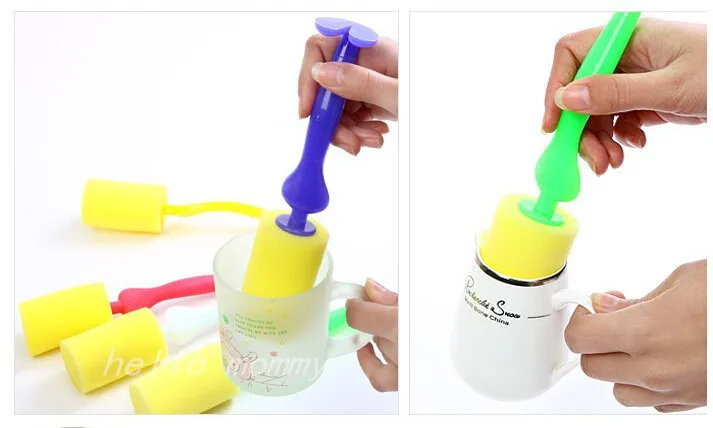 “I breastfed them two by hand using a breastfeeding pillow.”
“I breastfed them two by hand using a breastfeeding pillow.”
Other good positions for breastfeeding twins are two criss-cross cradles, one baby in the cradle and the other close at hand, reclining or sitting upright feeding (one baby on one side, the other on the other).
11. Breastfeeding in the “arm-supported” or “dancer's-arm” position
muscle tone (which is typical for premature babies, children suffering from various diseases or Down syndrome), try supporting his head and your chest at the same time. 4 Grasp your chest with your palm underneath so that your thumb is on one side and all the other fingers are on the other. Move your hand slightly forward so that your thumb and forefinger form a "U" just in front of your chest. With the other three fingers, continue to support the chest. With your thumb and forefinger, hold the baby's head while feeding so that his chin rests on the part of the palm between them, your thumb gently holds the baby on one cheek, and your index finger on the other.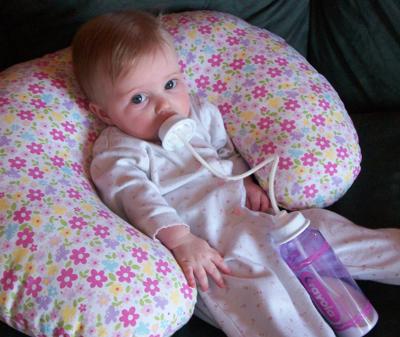 So the baby gets excellent support, and you can control his position and see if he is holding his breast.
So the baby gets excellent support, and you can control his position and see if he is holding his breast.
Literature
1 Colson SD et al. Optimal positions for the release of primitive neonatal reflexes stimulating breastfeeding. Early Hum Dev . 2008;84(7):441-449. - Colson S.D. et al., "Optimal Positions for Provoking Primitive Innate Reflexes to Induce Breastfeeding." Early Hume Dev. 2008;84(7):441-449.
2 UNICEF UK BFHI [ Internet ]. Off to the best start ; 2015 [ cited 2018 Feb ]. - UNICEF UK, Baby-Friendly Hospital Initiative, Start the Best You Can [Internet]. 2015 [cited February 2018].
3 Cadwell K. Latching - On and Suckling of the Healthy Term Neonate: Breastfeeding Assessment.

